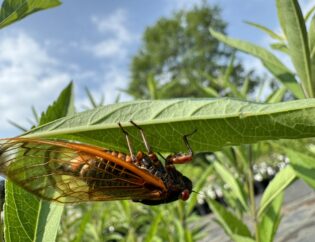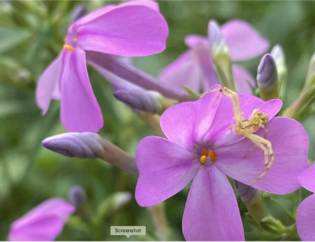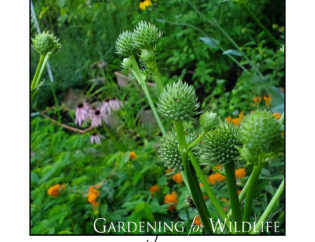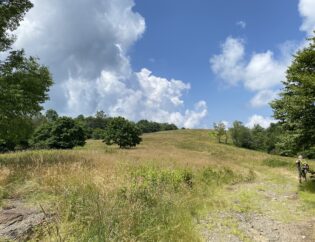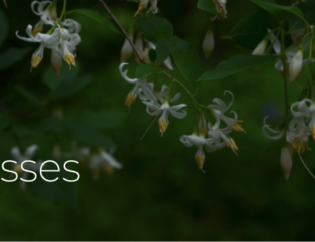
Using controlled burns has served to restore the Long Leaf Pine ecosystem over much of the Ohoopee Dunes Wildlife Management Area. Although many trees, the maples, sweet gums, oaks and gallberry, can be held in check with controlled burns, Long Leaf pines have evolved to survive moderate fire events. Fire thins out trees competing with the pines, opens up the forest floor, and allows dappled light to dance across the wire grass and other forest plants.
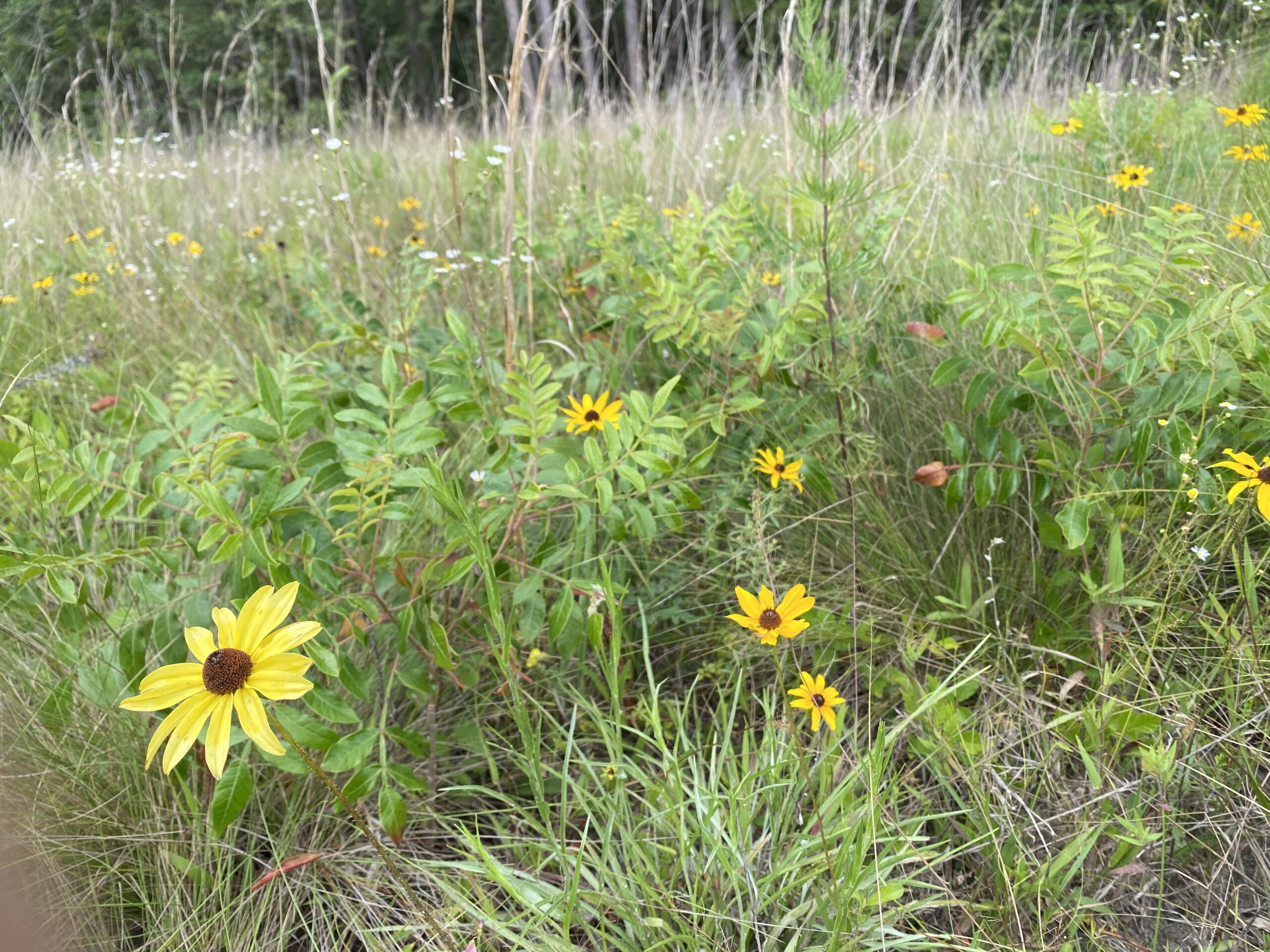
The controlled burns work great to open up the stands of Long Leaf pine. But controlled burns don't control long leaf pines under the power lines. In power line corridors, only non woody plants are appropriate. For safety and maintenance issues, the power company can't allow trees and woody plants under the powerlines.


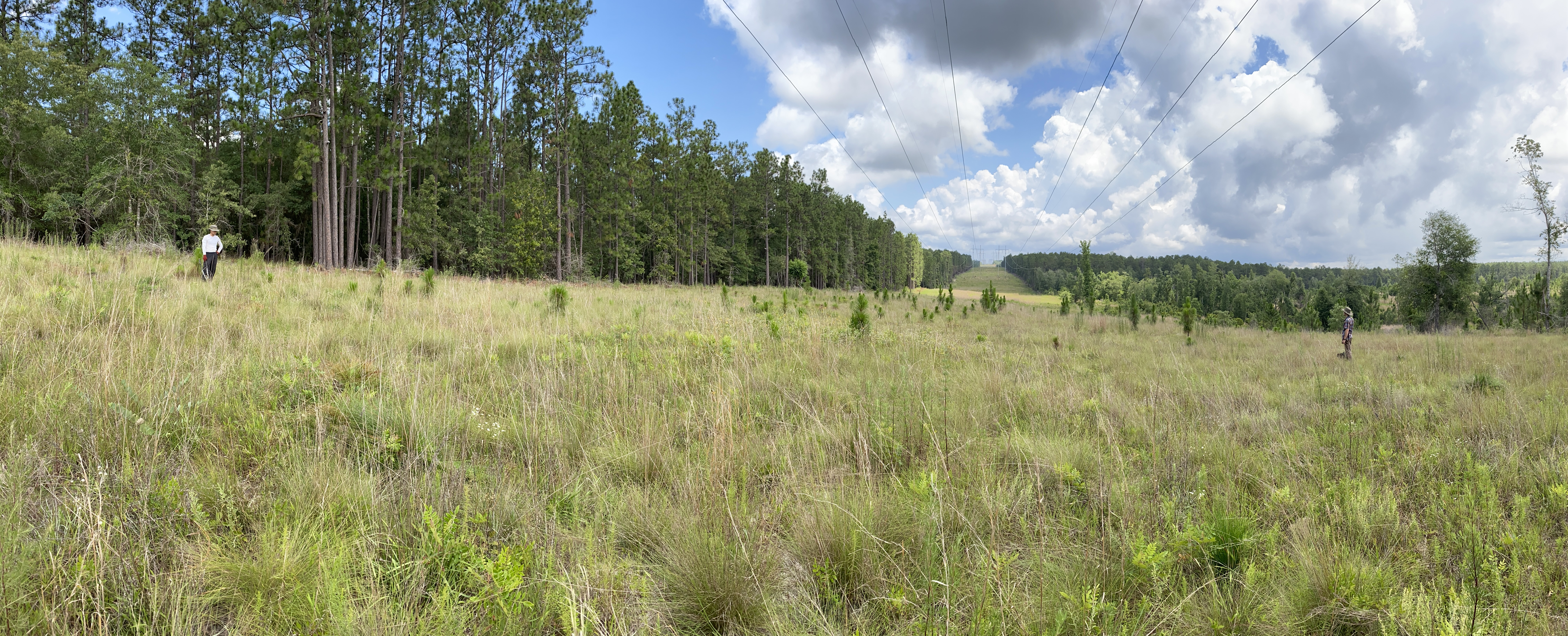
Either the pines needed to be cut, or the power utility would have to spray herbicide. The plant community is a diverse range of prairie and wetland species that are flourishing.
Using herbicides would be a shame. Kelton, Richard and I joined Brian, Mary, and Brandon from the DNR at the Ohoopee Dunes WMA for a volunteer day to remove Long Leaf pine from under the power lines.
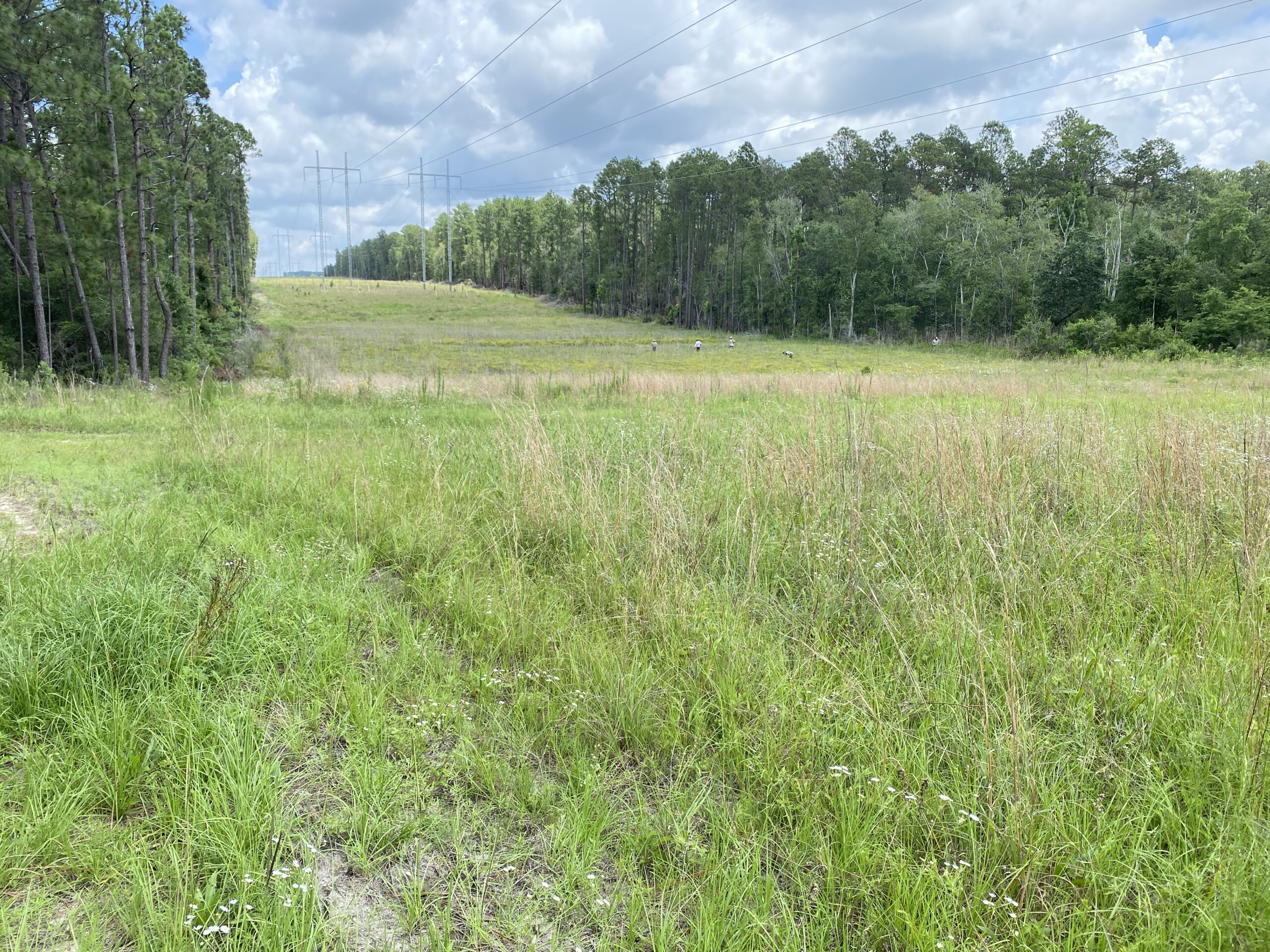
Several hours later, dozens of Long Leaf saplings have been removed. You can see the work party down the slope on the right side of the grassy area.
Below, Volunteers and DNR employees enjoy the wet prairie in full bloom.

